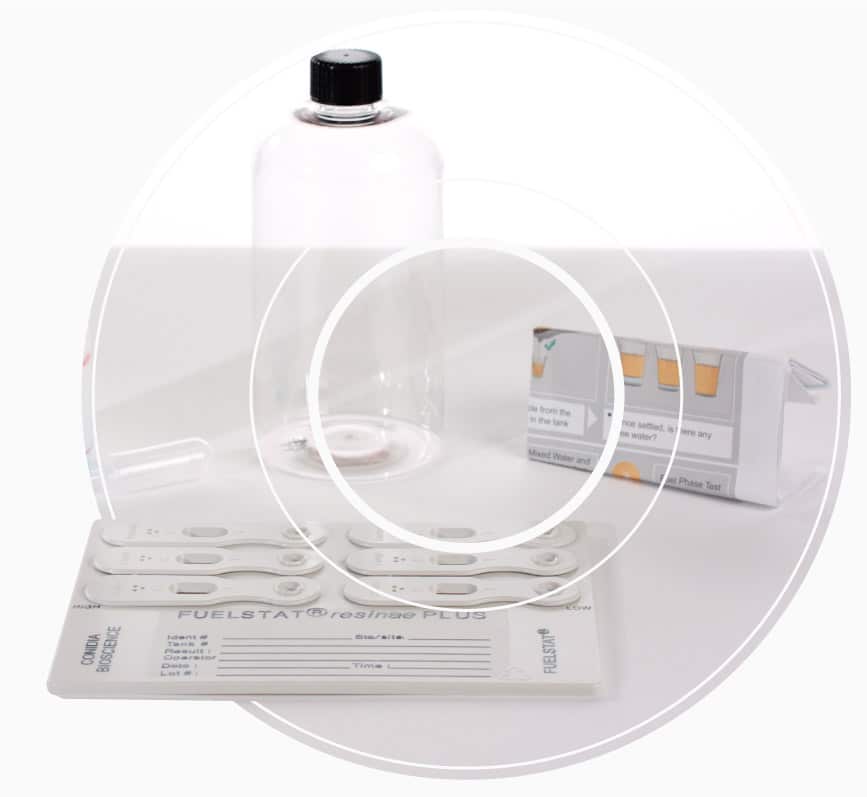Microbial contamination
The introduction of higher levels of FAME (Fatty Acid Methyl Ester) into fuels, particularly diesel, and reduction of sulphur in fuels, only adds to the risks of more frequent contamination for users and suppliers. FAME typically is a feedstock for microorganisms and reduction of sulphur in fuels also may make infections more likely in the future.
Regular testing is part of an integrated fuel management process that often includes water draining procedures and testing. The main objective is to remove the water that the microbes require to thrive, and to detect contamination through testing at its earliest point before any issues have an impact on operations, budget, the environment and overall safety.
The operational issues, with risk of assets out of operation, from microbial contamination are:
- Blocked filters
- Contaminated water scavenge systems
- Fuel probe malfunctions
- Blocked injectors
There is also the impact of corrosion to consider:
- Microbially Influenced Corrosion (MIC) is also a realistic threat in the longer term from microbial infections where metal structures are used to store fuel
And most severally has serious safety implications:
- Complete fuel system failure due to issues caused by contamination may affect safety of life in some circumstances

What Are the main microbes that cause problems?
Hormoconis resinae (H.res) a filamentous fungus is the predominant microorganism found in microbial infections according to IATA (International Air Transport Association) . It is the predominant microbiological species according to IATA of all cases of contamination found in jet fuel and is very common in diesel fuel also. The other small percentage of cases is made up solely of bacteria and other fungi, including some yeasts. However, H.res is the most damaging of all contaminants for several reasons:
01.
size and bulk
When compared to single cell yeasts and bacteria H.res produces far more biomass and is thus more likely to cause blockage problems.
Because of the way H.res grows between fuel and water, it usually starts on small water droplets. It then covers the droplet, holding it in place, and continues its growth, generating more water under the mat due to its metabolism. In the process, it firmly attaches itself to the tank.
02.
Free water
This means they are less likely to adhere to surfaces and will therefore be significantly reduced at each water drain. H.res, once established, continues to multiply in situ on the tank wall.



FUELSTAT®: The simple on-site test
It detects H.res specifically, other fungi and bacteria so the tester understands what is there and in what amounts (negligible, moderate or heavy contaminations). Its unique technology means that it is only detecting the waste products from the microbes so, unlike older technology, will identify H.res that is stuck on to tank walls, not just what is floating in the sample.
This translates to FUELSTAT® being the most accurate, fastest and most simple test on the market. Treating microbial contamination at the earliest stage is both good practise and good business and FUELSTAT® helps all users and suppliers to ensure this.